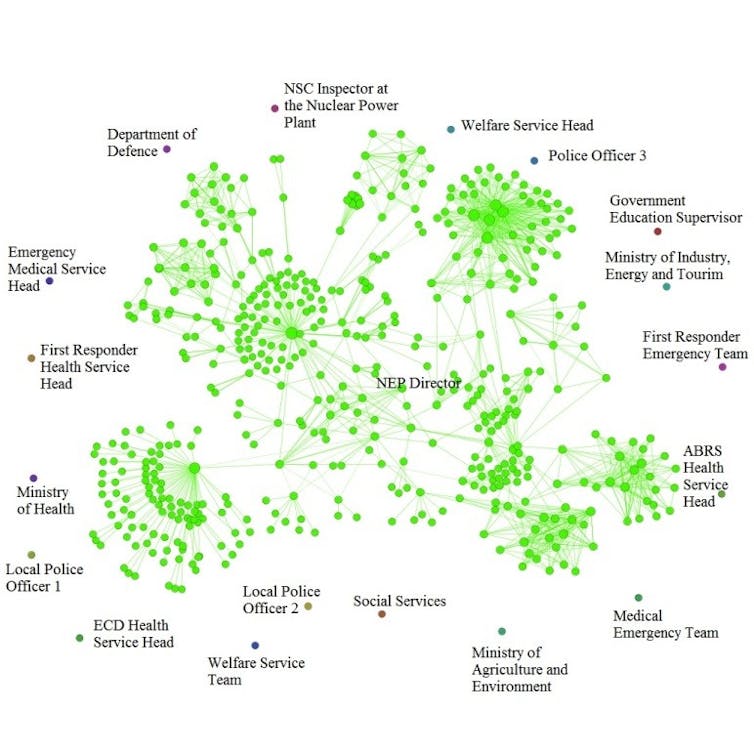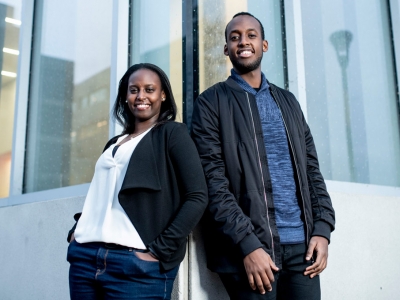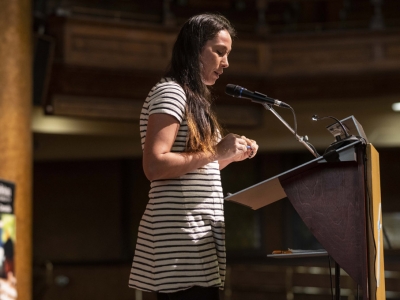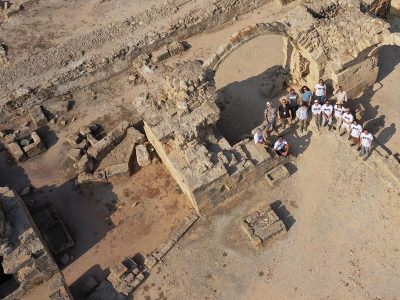By Gabriel Wainer and Cristina Ruiz Martin
Building resilience is a key topic in many research fields. The increase of natural and human-made disasters and their catastrophic consequences have revealed that not all hazards can be prevented.
We do not need to look far back. In September 2019, Hurricane Dorian caused major damage in the Bahamas. Hundreds of forest fires have devastated British Columbia and, although the summer has not started yet in Australia, many fires are affecting the country.
Other major incidents in recent history include Hurricane Irma in 2017, the 2011 earthquake and tsunami in Japan and the 2010 Darfield earthquake in New Zealand. Likewise, human-caused disasters have also occurred, such as the Fukushima Daiichi nuclear disaster in Japan in 2011.
Building resiliency
Different levels of governments are assigning resources to improve the resiliency — the ability to withstand damage and recover after a catastrophic event or disaster — of their legislated areas. In Canada, the focus is on climate resilience and is based on the following actions:
(1) Translating scientific information and traditional knowledge into action;
(2) Building resilient infrastructure;
(3) Protecting and improving human health and well-being;
(4) Supporting vulnerable regions;
(5) Reducing the hazards related to climate change and risk of disaster.
The U.S. Department of Homeland Security works with “all levels of government, the private and nonprofit sectors, and individual citizens” to develop resilience. Meanwhile, the European Commission has identified resilience among its top strategic priorities.
Top-down planning
After the nuclear accident at Fukushima, the International Atomic Energy Agency (IAEA) suggested improvements, including strengthening management systems, response arrangements, transparency and effectiveness of communications mechanisms.

Although emergency plans are carefully designed, traditional approaches are based on top-down perspectives that aim for the compliance of a set of laws, regulations and directives. These approaches are similar to a military command chain, with a small margin for adaptation in response to unforeseen circumstances not identified in the plan.
The analysis of previous disasters reveals problems with emergency plans and crisis management. The importance of communication mechanisms is shown in the analysis of previous disasters — for example, the lack of functional communication systems complicates the management of emergency responses.
Communication flaws
Although the importance of improving the resilience of communications networks is clear, there is a lack of testing and improving these networks in complex organizations. This becomes more challenging if we include the social aspects of communications — the behaviour of individuals involved in such communications.
Our research focuses on filling this gap. We recently investigated and proposed a new software platform and development process that focuses on the resilience of communications between individuals in complex organizations. Our case study was a proposed nuclear emergency plan from a power plant in Spain.
The communications aspect of an emergency plan can be modelled using an information diffusion process, meaning that the object of interest (like a virus, idea or particle) spreads out in a given environment (a hospital, a research group, a magnetic medium, for example) starting from an area with a high concentration to areas of lower concentration.
We designed a new method to systematically simulate such diffusion processes in distinct phases: model development, transformation of the model into a computer software and experimentation through computer simulation. Our proposed method combined three models: network theory, to define the possible connections between individuals; agent-based modeling to define the behaviour of individuals; and discrete event system specifications to see how communications in the emergency plan would work in different scenarios.
This approach allows us to check if the model matches the real system before spending time and money on implementation. For example, we could change which individuals communicated with each other, which networks were available and which actions individuals took. We studied different what-if scenarios, changing aspects like the kinds of devices used to communicate, or how the communication networks were set up.
We identified that the behaviour of the individuals affects the resilience of the whole network: the number of re-dial attempts by an individual may be critical to the whole information transmission process because it may prevent that person from communicating relevant information to other teams in a timely manner.
Similarly, we found scenarios where a person not forwarding the emergency information exactly as expected could jeopardize the entire process.
The following image shows the effect of a collapse in a telephone network. This type of failure while managing an emergency can have a very negative impact on the performance of the first responders, because they may miss relevant information.

The results of our research have potential for policy-makers. The models we developed can be used to simulate the effects of different policies. This is critical before implementing them in the real world because it will save time, costs and undesired outcomes.
The lessons from our case study can also be applied in other fields, such as controlling the spread of disease or the dissemination of fake news on social media.
This article is republished from The Conversation under a Creative Commons license. Carleton University is a member of this unique digital journalism platform that launched in June 2017 to boost visibility of Canada’s academic faculty and researchers. Interested in writing a piece? Please contact Steven Reid or sign up to become an author.
All photos provided by The Conversation from various sources.
![]()
Thursday, November 21, 2019 in The Conversation
Share: Twitter, Facebook



